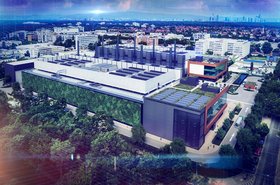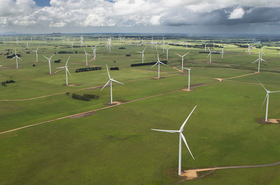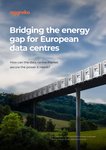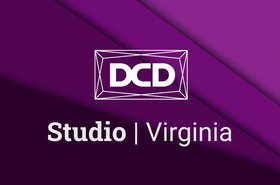Australia’s largest telco, Telstra, has partnered with German hydrogen developer H2 Core AG to deploy a self-sufficient hydrogen solution at a telco tower network in the mining town MacDonald Hill, around 1,250 kilometers (776.7 miles) west of Sydney.
The government-funded pilot project will see the deployment of the H2 PowerCore, which combines hydrogen technology with electrostatic battery storage systems and other components such as fuel cells. The solution can be tied to any primary energy source and is modular, allowing for scalability.
The company claims that compared to conventional diesel generators, it can save up to 40 percent of operating costs. The MacDonald Hill system currently relies on two diesel generators, which reportedly consume around 6,600 liters of diesel each year.
The project is slated for deployment by the end of Q3 this year and is expected to act as a test case for future deployments in difficult-to-access areas, such as the Pacific islands.
Ulf Jörgensen, CEO of H2 Core AG, said: “We are delighted to be working with our local partner to realize our first project with Australia’s largest telecommunications service provider to provide a secure and future-proof power supply for critical infrastructure without a grid connection.
“Our newly developed PowerCore systems are precisely tailored to the requirements of modern and future-proof telecommunications networks: replacing old and inefficient power generation with diesel generators with innovative, economical, and clean complete solutions.”
Based out of Heide, Germany, H2 is a manufacturer of complete energy supply systems with hydrogen technology. The agreement with Telstra represents its first in Australia. H2 launched the PowerCore system in March of this year, with a focus on displacing diesel backup generators in remote areas. The company will look to power telco towers and has projects already underway in Kenya and South Africa.
Telstra is Australia’s largest mobile network operator. Its wholesale network coverage area spans more than 98.8 percent of the country’s population, covering more than 1.7 million square kilometers. The network predominantly supports 4G, with 5G coverage centered across Australia’s major urban centers.
Read the orginal article: https://www.datacenterdynamics.com/en/news/telstra-taps-h2-core-to-deploy-self-sufficient-hydrogen-solution-at-remote-telco-tower-in-australia/








